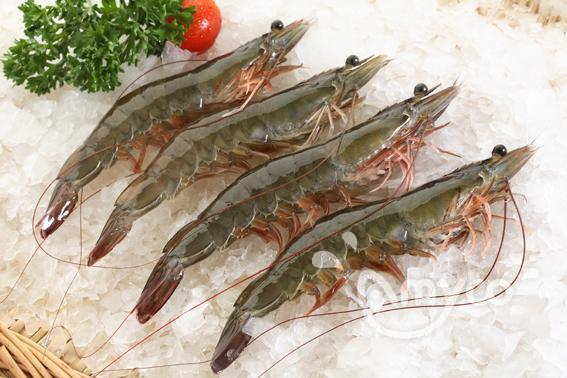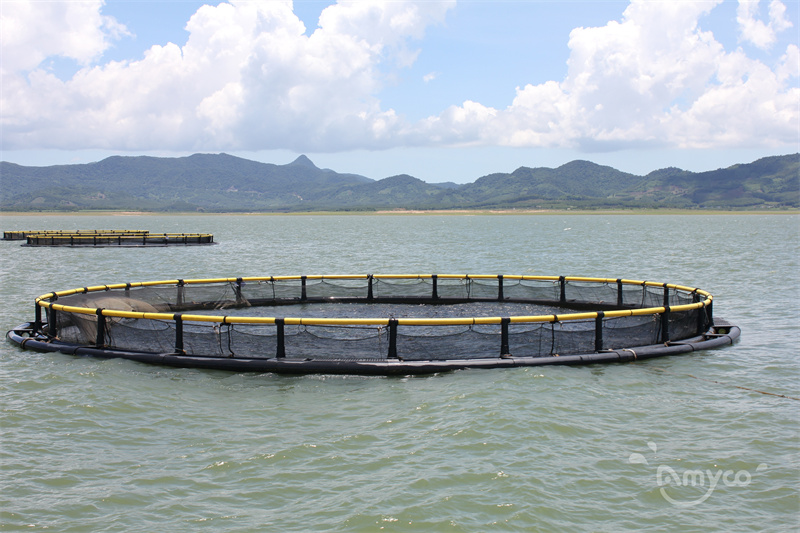The US tilapia import tariff will be imposed in February,how will market be ?
While the global tilapia farming volume is increasing year by year, the demand in the United States is getting weaker and weaker. Chinese tilapia exports to the United States are subject to a 25% tariff. After Trump takes office, a new round of tariffs may be imposed on February 1. Chinese exporters will face an even more unfavorable competitive environment.
At the "Global Seafood Market Conference" (GSMC) organized by the National Fisheries Institute (NFI), Angel Rubio, a price analyst at Urner Barry, pointed out: "Global production is rising, while U.S. consumption is getting less and less (picture below). The reasons are complicated, generally related to trade politics and various regulations."
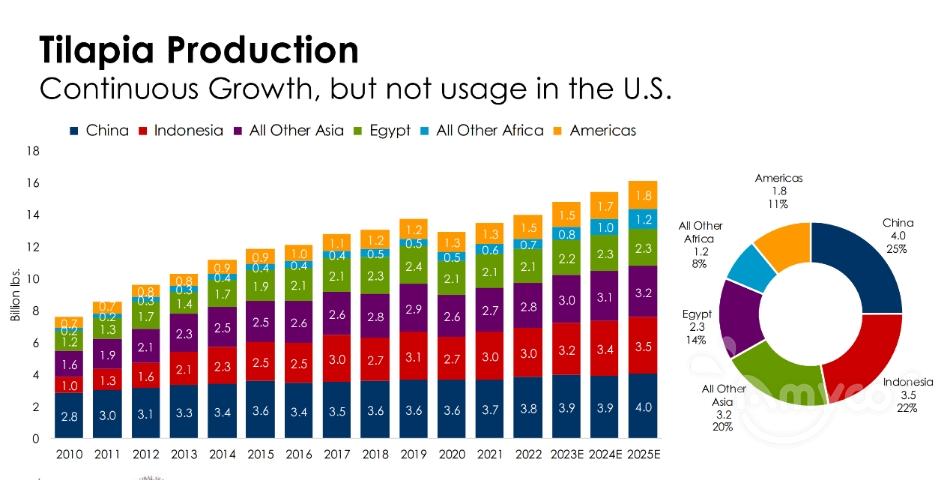
70% of tilapia products imported into the United States are frozen fillets, 15% are chilled fillets, and the remainder are frozen and chilled whole fish.
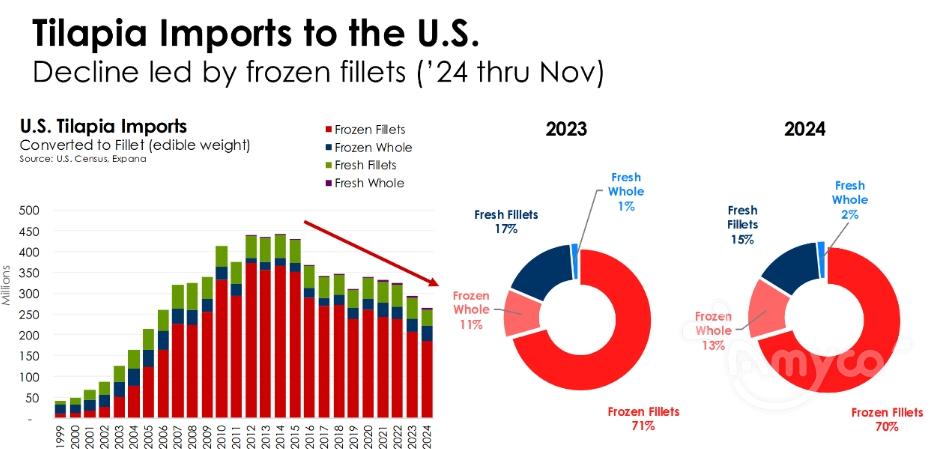
"Global tilapia production reaches 7 million tons. This is a very popular aquatic product with global consumers." Ron Risher, general manager of Grobest Seafood Global, said: "Political tensions between the United States and China have intensified, and tilapia tariffs will be further increased. Therefore, some countries are also stepping up their actions to meet the demand for tilapia not originating in China. Indonesia is the first."
Risher believes that the continued rise in tilapia prices in China, combined with the possibility that Trump may impose a 25% tax on Chinese goods, will lead to a further decline in U.S. demand.
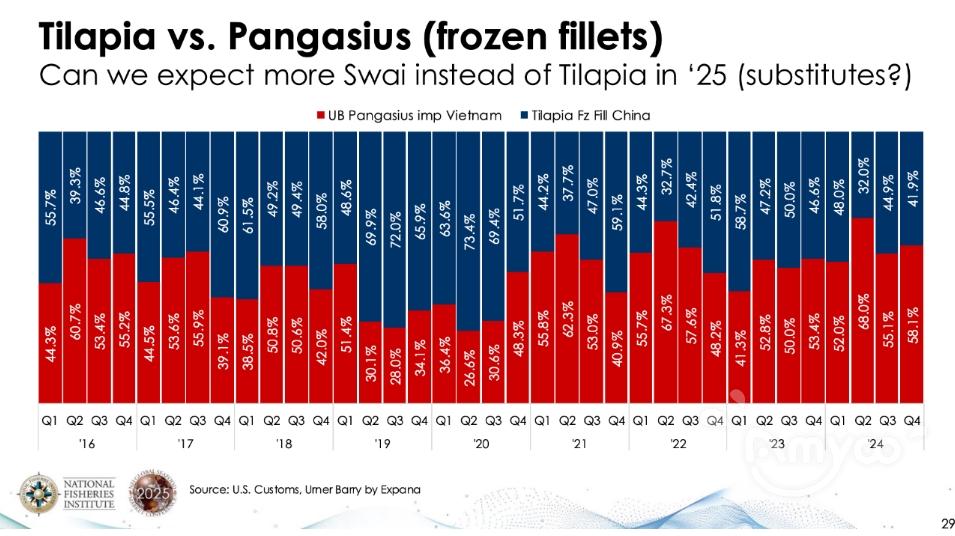
"If tilapia prices continue to rise, or the United States imposes more tariffs, U.S. consumption will definitely be suppressed. But the overall import situation will not be stifled, and we will see the expansion of pangasius opportunities. However, pangasius production ability is limited, Vietnam has a cap, and farmers can only produce so much." Risher said.
In the U.S. market, pangasius has continued to encroach on the tilapia market share in recent years, and the ratio between the two will be approximately 60:40 in 2024. The NFI discussion predicts that more shares of tilapia will be replaced by pangasius in 2025.
Reference: UCN

